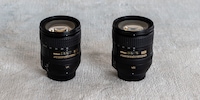

Like a lantern for the blind: I'm trying out the new Sony 600mm f/4 GM OSS
I have one afternoon to test a five-figure camera lens. How can I possibly use it to its fullest extent? I can't. Find out what happens when you give an amateur photographer top-of-the-range equipment.
I know that it's impossible to use this lens as shown in the above picture. And that's pretty much where my knowledge on insanely expensive lenses ends. I'm not just too inexperienced for a real test: I just don't have the time to spare. More specifically, I have one afternoon: after that I already have to give this precious jewel back.
So don't expect a professional series of tests. Just a sneak peek for passionate fans.

The new lens is meant for capturing sports, news and animal photography. I can't think of any sporting event that would let me in with this monster. Playing a paparazzo is also out of the question, as I want to actually be able to upload my pictures.
Off to the zoo we go.
Included with the lens is a transport bag that feels more like a small suitcase. Without the wheels. And of course, the suitcase doesn't fit into the locker by a few millimetres. Which means I'll have to carry it. It's hot and the zoo is crowded. Hyperactive kids with coordination disorders thunder into my suitcase and shriek loudly. What a fun safari.
Weighing only about 3,040 grams, the new Super Tele lens is currently the lightest in its class, offering a level of mobility and flexibility never before achieved with a lens of its type.
Well, they say mobility and flexibility. I'm already exhausted after a few minutes of work. It physically hurts, being this decked out. What's worse is that, due to the suitcase, I have to unpack the lens every single time I want to use it. Which means unpacking it, attaching it, taking it off and packing it up again. Theoretically, I'd also have to attach and remove the lens hood every time. I choose against it, as attaching it requires a bit more finesse. You can't just twist and click it on, you need to physically screw it in too.
It also makes this thing look even bigger. And I don't need more zoo visitors giving me their expertly crafted jokes I've heard a million times.
Focusing can only be done from a 4.5 metre distance or further. I need to hug the back wall of the Lori enclosure to achieve this distance; and I probably still won't get a shot without people's heads in the way.
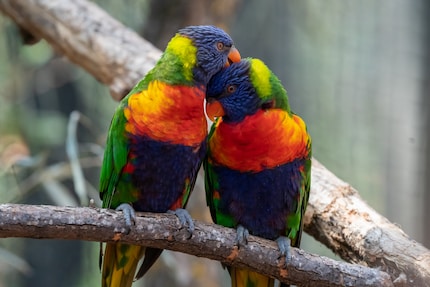
I should've gone smaller...
Sony also sent me the new 200-600mm, but I couldn't be bothered to drag it along as well.
I should've brought it along and left this ridiculous monster at home. Especially when visiting the zoo:
- It's «only» 2 kilograms.
- You don't need to screw on the lens hood twice.
- It'll already focus at 2.4 metres.
- It has a relative zoom area of 200-600mm. Very useful, as 600mm can sometimes be too intense.
- It has a normal lens cover and not a ridiculous leather cap.

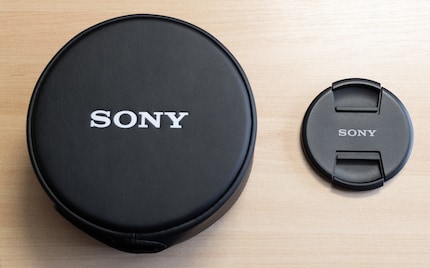
Why would you even want this thing?
The biggest benefit of having a larger lens is higher light intensity. The 600mm achieves f/4, the smaller lens only f/6.3. This allows you to limit ISO sensitivity and/or exposure time. There's a 1 1/3 difference in the aperture stop. Let's say I need 1,600 ISO with the f/6.3. I'd only require 640 ISO with the f/4.
However, all this effort for light intensity isn't worth it when you're just visiting the zoo. But if you use it in the right situation, this thing will deliver optimal results. This could be a car or motorbike race, for example. Places where short exposure times over short distances are vital. Professionals solve the weight problem with single tripods.
If you really want to use the f/4 open aperture, the focus will have to be set perfectly. I've it's only a hair off from your eye, then the image won't be sharp.
But if it works, you'll get some great distance between the fore- and background. Like with this seal for example. The water is blurry and not distracting, while the droplets of water create a nice Bokeh effect.
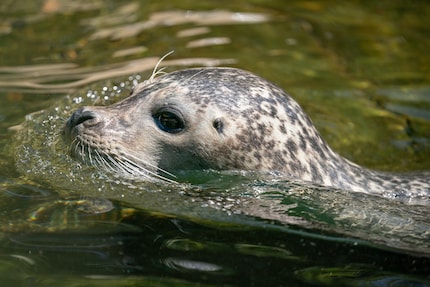
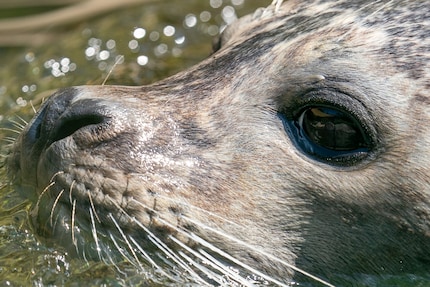
Here's a photo I took with the aperture open.
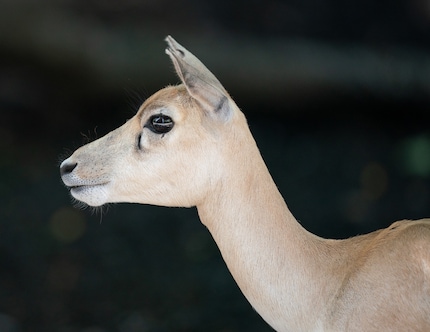
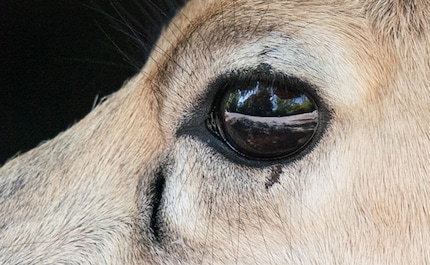
Sony gave me the camera I'm testing with. And it certainly has some good autofocus when recognising animal eyes. It's true, I deleted less pictures than after previous excursions to the zoo. Fun fact: for the life of me I couldn't bring the camera to focus on this gecko's eyes when its head was tilted downwards. When it turned upwards, it suddenly worked. I only found an answer to my problem much later on: I was probably just under 4.5 metres away. When the gecko was looking at me, all focus immediately disappeared.
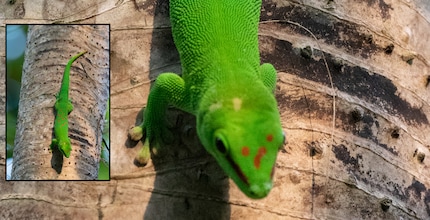

Just to be thorough: this extremely expensive lens isn't just costly because of its high light intensity. The autofocus is also ridiculously fast. It's a GM lens, the M meaning master, while a G-lens is «only» 200-600mm.
Verdict
This little adventure made it clear: the Sony 600mm f/4 is a very specialised lens, while the 200-600mm is much more versatile. I'm sure the monstrous fixed focal length is perfect in specific situations; not for a trip to the zoo. It does produce amazing pictures there as well, but the result is not worth the massive effort you have to put into it.
My interest in IT and writing landed me in tech journalism early on (2000). I want to know how we can use technology without being used. Outside of the office, I’m a keen musician who makes up for lacking talent with excessive enthusiasm.


